The content of the article
Sweat is a normal and natural occurrence. If the human body ceases to excrete fluid, it will receive heat stroke. The skin is covered with droplets of moisture during sports, due to stress and heat. In summer, the body of a healthy person gives off from 0.5 to 1 liter of sweat, in winter a little less. But if the feet and palms never dry out, and T-shirts in the back and armpits get wet in a matter of minutes, we can talk about hyperhidrosis.
First step: diagnosis
Increased sweating occurs due to the use of certain drugs:
- physostigmine;
- aspirin;
- pilocarpine;
- analgesics;
- insulin;
- cholinergic agents.
If the doctor prescribed the medicine, you should consult with him and reduce the dosage or choose another option. The reason is not in the drugs? A person needs a detailed examination, because hyperhidrosis can signal serious diseases such as:
- diabetes;
- protracted depression;
- malignant or benign formations;
- hypoglycemia;
- endocrine disorders accompanied by hormonal disruptions;
- tuberculosis;
- chronic inflammation.
Increased sweating indicates the presence of a latent infection, for example, staphylococcal or streptococcal bacillus. The problem arises due to genetic disorders or damage to the central nervous system. Hyperhidrosis is observed in patients with vegetovascular dystonia and chronic fatigue syndrome.
You can not start treatment for increased sweating if its cause is unknown. Alternative methods and pharmacy drugs can only harm the body and worsen the work of sweat glands.
Diet change
Hot drinks and food stimulate sweating. Soups and jelly need to cool to room temperature. It is advisable not to drink black tea and coffee. They contain caffeine, due to which the pressure rises, the heart rate quickens and hyperhidrosis appears.
The sympathetic nervous system responsible for the work of sweat glands is activated by:
- chilli;
- pork;
- garlic;
- alcohol;
- chocolate;
- hot ketchup;
- coriander;
- sweet soda;
- ginger and black or allspice;
- salt;
- energy drinks.
The reaction appears 30-50 minutes after the use of a stimulating product. It is recommended to avoid fast carbohydrates, because of which the level of insulin rises sharply, as well as reduce the intake of foods in which there is a lot of protein.
Patients with hyperhidrosis should introduce buckwheat porridge and parsley, carrots and kohlrabi into the diet. Useful figs and lettuce, yeast and distilled water without gas. Coffee and tea are replaced with herbal decoctions. With frequent stress, camomile or mint is brewed. Bad mood and nervousness are treated with valerian root or motherwort.
Reduce the amount of dairy products. Instead of cottage cheese and kefir, they consume more fresh fruits and berries. They strengthen the immune system, weakened by infections, improve the condition of the intestines and sweat glands. Many vitamins are found in salads and stews of vegetables and herbs.
Starving with hyperhidrosis is contraindicated.Any diet is stress, which leads to increased sweating. In autumn, it is recommended to take pharmacy vitamin complexes. They support the body, weakened by viruses and low temperatures.
Clothing and hygiene
T-shirts and blouses made of synthetics are contraindicated. The material does not let air through, but the skin must breathe, otherwise irritation appears and the work of sweat glands is disrupted. With hyperhidrosis, tight clothing should be avoided, only cotton and other natural fabrics should be worn.
It is important to maintain hygiene and take a shower or bath twice a day. Armpits, palms and feet are sung more often, and the skin between the fingers is wiped with lotions or herbal decoctions. Water procedures cleanse sweat glands from dirt and normalize their work. It is best to take a cool or contrast shower that tightens pores and reduces sweat.
Conventional deodorants are replaced with antiperspirants that contain aluminum chloride. The substance reacts with skin protein and narrows the sweat tubules. It does not clog, as deodorants do, but only reduces the amount of liquid released.
There are special antiperspirants designed for people with hyperhidrosis:
- Dry drive;
- Approved
- Drisol.
Means are expensive, but they relieve excessive sweating and smell for several weeks. Antiperspirants are not used for too long, otherwise skin irritation appears.
Folk remedies for external use
Natural remedies are used in the initial and middle stages of hyperhidrosis. Herbs soothe and narrow the sweat glands, but folk formulations should be used regularly and for at least 2-3 months.
Foot options
After washing, the feet are treated with talcum powder, which is mixed with potato or corn starch. Combine 9 parts of the first component with 1 part of the second, stir and rub into clean skin. Sometimes a few drops of salicylic acid are added to the dry mixture, which disinfects, destroys the fungus and removes the smell of sweat.
Hyperhidrosis of the feet is treated with walnuts. Grind the dried leaves and partitions, pour 5 tablespoons of powder 1 liter of boiling water. When the infusion becomes brown, it is diluted with warm water, poured into a basin and immersed in the foot tank. The procedure lasts 10-20 minutes. Then, powder is applied to the steamed feet.
Fresh birch leaves are recommended to be applied to the skin between the fingers. Wash the billet, knead it with your fingers until juice appears and fold it into tight tubes. Socks are put on top to fix herbal medicine.
Rose petals are not only beautiful, but also useful. They disinfect, narrow the sweat glands and soothe the skin. Grind fresh buds and add water. Take 2–3 tablespoons of the petals with 250–300 ml of liquid. Cook the billet on low heat for 10-15 minutes. Dilute with cool water, soar feet in broth.
Bay leaves help with hyperhidrosis of the feet. Brew 10-15 pieces of 500 ml of boiling water, add the product to the foot baths.
In winter, clean skin of the feet is treated with powder from dried azalea flowers or boric acid. The dry product is gently rubbed, put on cotton socks. The powder is applied in the morning and washed off in the evening.
Options for palms and armpits
Armpits after a shower are wiped with a solution that is prepared from apple cider vinegar and boric acid. Mix the ingredients in equal proportions, store in a glass container. Baby powder or talcum powder is applied to the treated skin. The drug can not be combined with an antiperspirant.
For palms, prepare a decoction of eggplant peel:
- Peel three medium vegetables.
- Grind the peel, pour a liter of boiling water.
- Put on low heat, remove after 20 minutes.
- In the broth, cooled to room temperature, immerse the palms for 2 to 3 minutes.
- Hands after the procedure do not rinse, but allow the product to soak.
- The eggplant peel contains tannins that disinfect and tighten pores.
A simple solution for hyperhidrosis is prepared from table salt and boiling water. Dissolve a teaspoon of powder in 200 ml of hot liquid. Rinse your palms and armpits three times a day.
It is useful to wipe the problem areas with lemon juice diluted with water. It refreshes and destroys bacteria, replaces an antiperspirant. With hyperhidrosis of the palms, a bath of ammonia is prepared: a teaspoon of the drug per liter of warm water. Dip your hands in the prepared liquid for 10 minutes. Rinse off the residue and then apply a thin layer of talcum powder or baby powder to dry skin.
Baths for general hyperhidrosis
If due to hormonal failure or stress all sweat glands work intensely, it is recommended to take warm baths. Sea water, tea tree oil and herbal decoctions are added to the water. Useful fees, which include:
- sage;
- Oak bark;
- chamomile flowers;
- yellow gentian;
- fresh straw;
- green tea.
Grind herbal ingredients, combine in equal proportions, store in an iron container or cloth bag. Before bathing, 100-200 g of herbs are poured with a liter of boiling water and simmer for 20 minutes. Filter and add hot broth to the water.
You can immerse yourself in the healing fluid with your head. It helps with hyperhidrosis of the back, face, armpits and feet. Lie in warm water for 15–20 minutes. Do not add foam or soap. Then wipe off, apply talcum powder to the problem areas.
Medications
Hyperhidrosis pills have many contraindications and side effects. First, a specialist determines the cause of excessive sweating, then selects synthetic drugs and dosage. Some patients have enough sedatives or tranquilizers to fix the problem. Others will need powerful anticholinergic drugs that suppress the function of sweat glands.
The remedies act on the whole body, so patients have a dry mouth, digestion worsens and problems with urination occur. With prolonged use of drugs, addiction develops. Sweat glands stop responding to blocking medications. Hyperhidrosis returns, and sometimes intensifies.
Without the recommendation of a doctor, you can use antiseptic and drying ointments and gels:
- Formidone;
- Teymurov's pasta;
- Formagel;
- Urotropin.
The drugs are applied to the armpits, feet or palms. They are not suitable for the treatment of hyperhidrosis of the face or head.
With increased sweating, electrophoresis helps. Through the feet or palms, weak discharges of current are passed, which cause the sweat glands to contract. The procedure is carried out under the supervision of a doctor.
To get rid of hyperhidrosis for 6-8 months, botulinum toxin A is injected under the skin.
Radical methods
Patients who are tired of struggling with sweating are offered surgery. The surgeon can pinch or dissect the nerve fibers responsible for the sweat glands. With axillary hyperhidrosis, scraping or removal of a large flap of the skin is performed.
After surgery, approximately 20% of patients develop arrhythmia, drooping eyelids, and other unpleasant symptoms. People with hyperhidrosis are advised to carefully weigh the pros and cons, and then make a decision.
Increased sweating does not threaten health, but brings discomfort to a person. The cosmetic problem is eliminated by antiperspirants, gels and alternative methods, but first determine its cause and consult with a specialist.
Video: how to get rid of excessive sweating

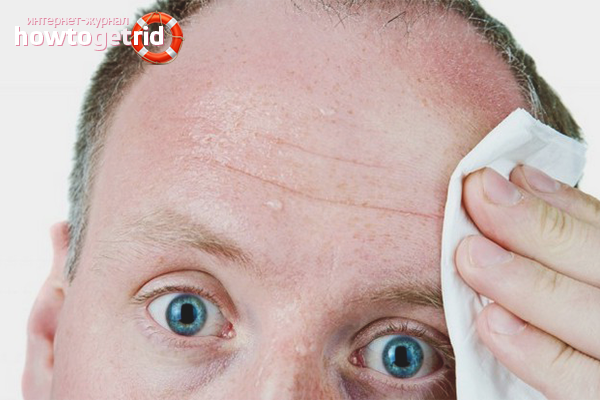

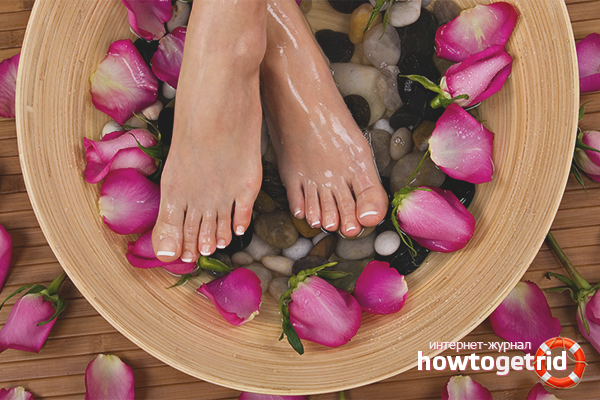
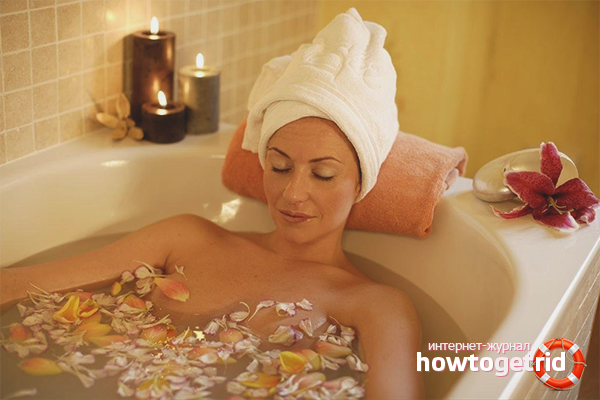
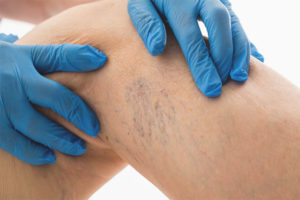
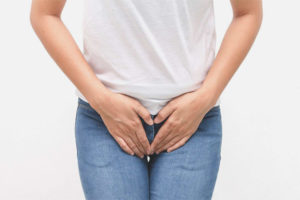
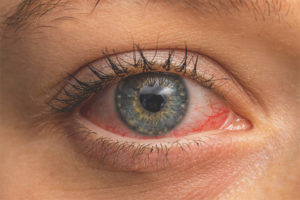

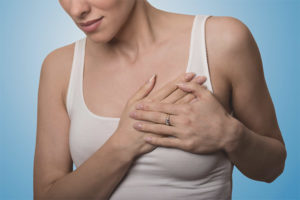
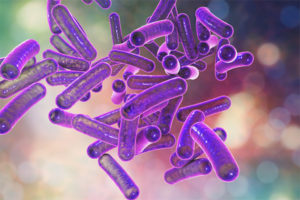
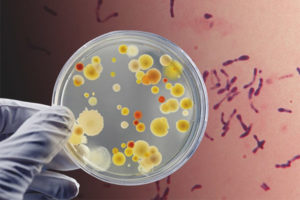

Submit
A remedy called Dry Dry helps a lot. Almost immediately after the start of use, she stopped sweating. I highly recommend it to those who suffer from the problem of hyperhidrosis.